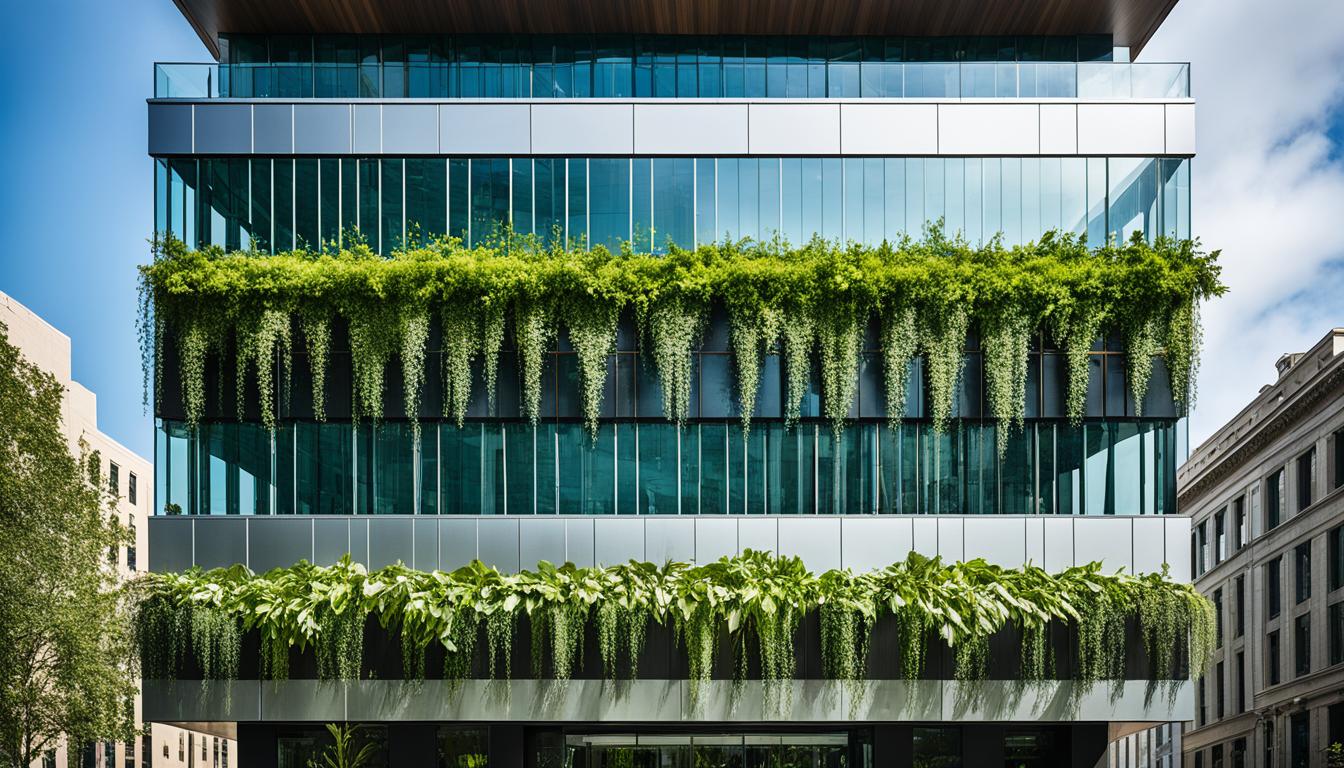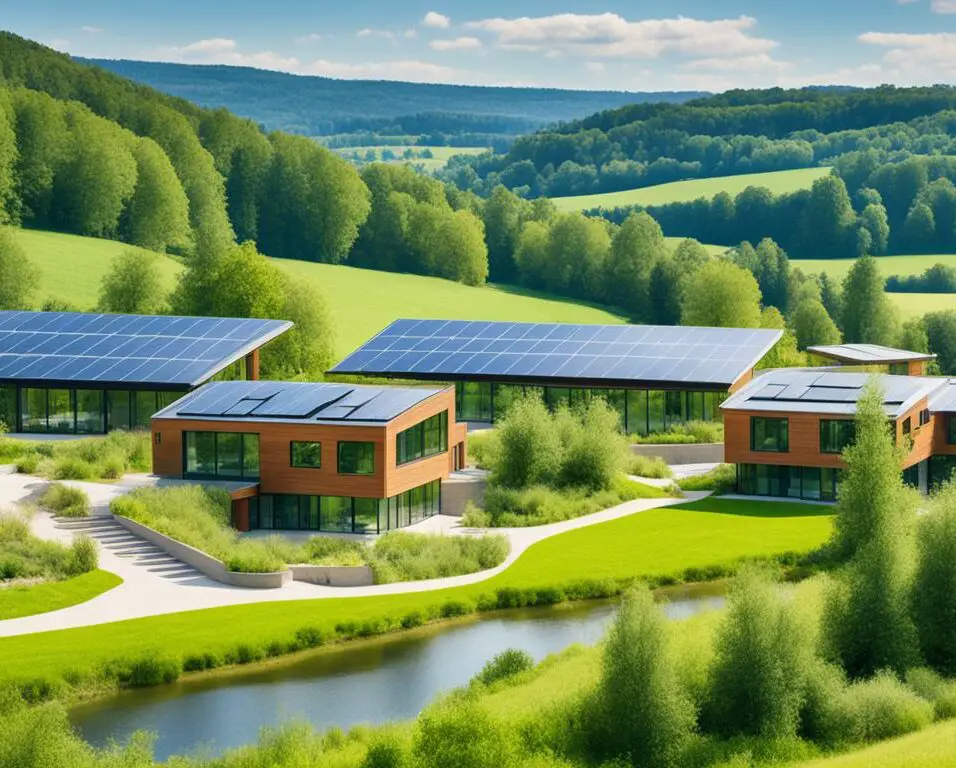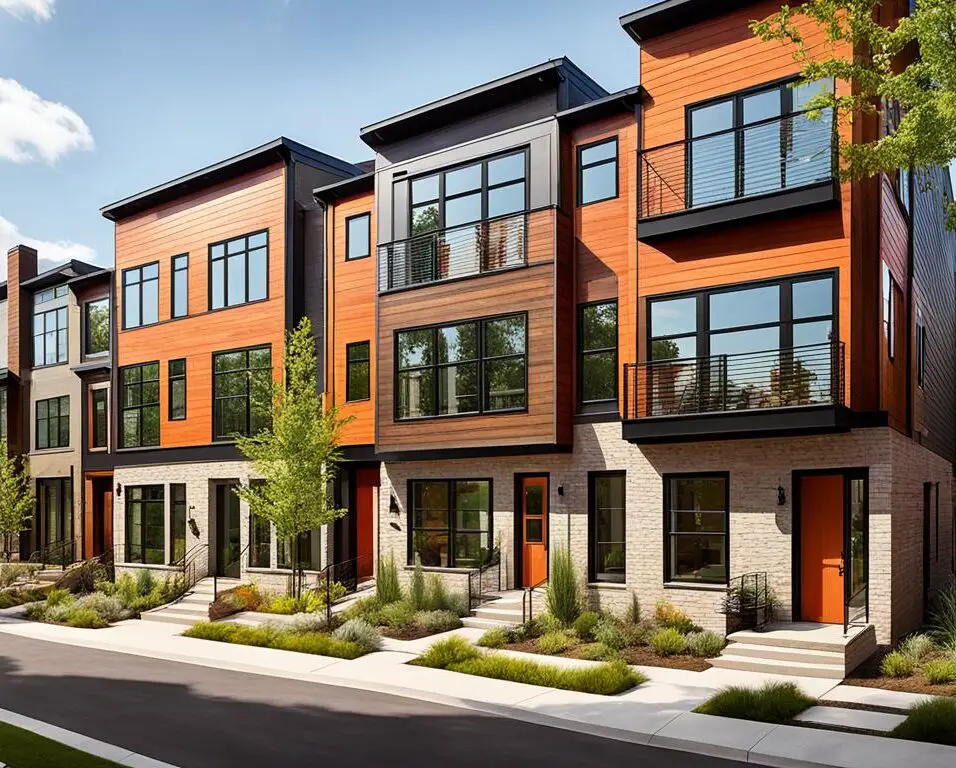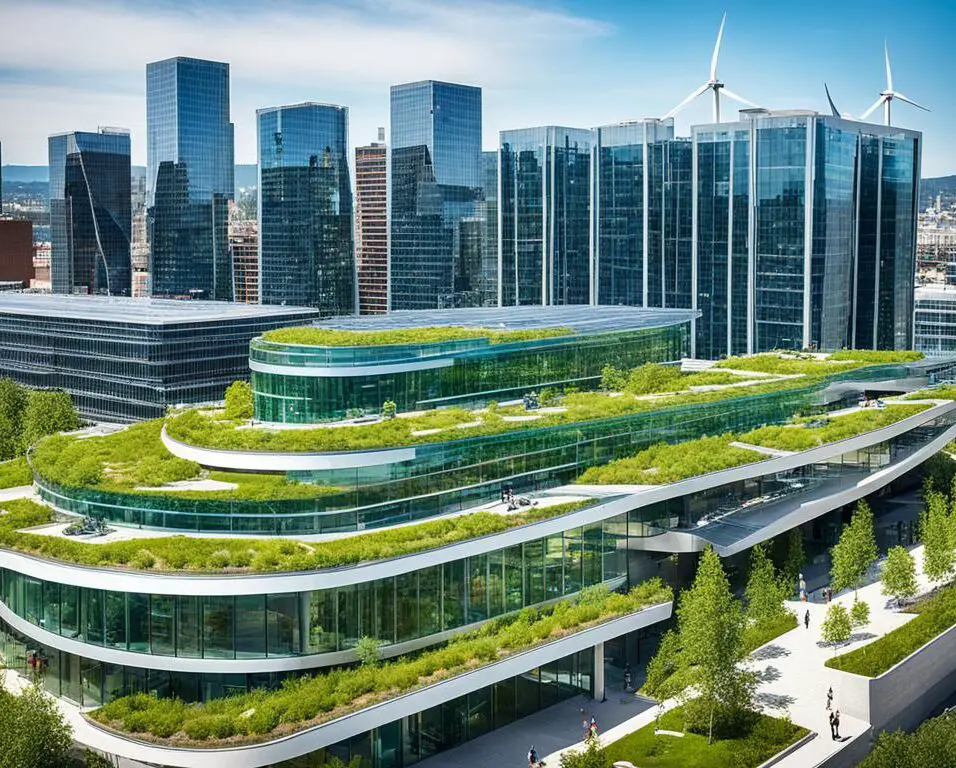Choosing the Right Architectural Facade Materials for Your Project
When it comes to selecting architectural facade materials for your project, there are two key factors to consider: design and durability. The materials you choose will not only impact the visual appeal of your building but also its long-term performance and functionality. Making the right choice is crucial to achieving a successful outcome.
In terms of design, architectural facade materials play a significant role in determining the overall aesthetic of your project. Whether you’re aiming for a modern, sleek look or a traditional, timeless design, the materials you select will set the tone and create a lasting impression. From the choice of colors to the texture and pattern, each element contributes to the visual impact of your building.
Equally important is the durability of the materials. Your building’s facade is exposed to various environmental factors such as sunlight, wind, rain, and temperature fluctuations. The facade materials need to withstand these challenges and maintain their integrity over time. Ensuring durability is essential for the longevity and performance of the building, minimizing maintenance and repair costs in the future.
As you embark on your project, it’s essential to explore the top choices for architectural facade materials that strike the right balance between design and durability. By understanding the characteristics and benefits of each option, you can make an informed decision that aligns with your project’s objectives and enhances its visual appeal.
Key Takeaways:
- Architectural facade materials play a crucial role in the design and longevity of your building.
- The materials you choose should align with your desired architectural style.
- Durability is essential to withstand environmental factors and ensure long-term performance.
- Consider the specific requirements and aesthetic goals of your project when selecting facade materials.
- Top choices include glass, metal, brick, composite panels, and natural stone, each offering unique benefits.
Importance of Architectural Facade Materials
The choice of architectural facade materials is crucial for two main reasons – building design and durability. The facade is the face of the building and plays a key role in its overall aesthetic appeal. The materials you select will determine the visual impact of your project and should align with your desired architectural style. Additionally, the facade materials should be able to withstand various environmental factors and provide long-term durability to ensure the building’s performance and functionality. The right architectural facade materials can significantly enhance the design and longevity of your project.
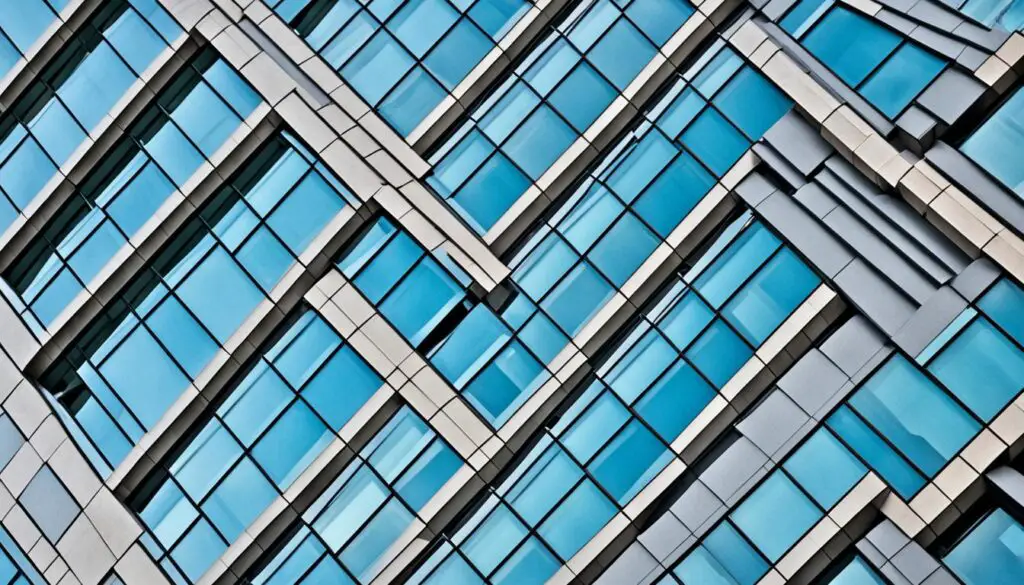
Consider the following factors when choosing architectural facade materials:
- Building Design: The materials you choose will shape the appearance and architectural style of your building. Whether you’re aiming for a modern and sleek look or a more traditional and timeless aesthetic, selecting the right facade materials is essential.
- Durability: Buildings are exposed to various weather conditions and other external factors that can affect their longevity. It’s important to choose facade materials that can withstand these challenges and maintain their integrity over time.
- Performance: Facade materials should not only look good but also serve functional purposes. They should provide insulation, soundproofing, and protection from elements such as heat, cold, wind, and moisture.
By carefully considering these factors, you can ensure that your architectural facade materials not only enhance the design of your building but also deliver durability and optimal performance.
Role of Architectural Facade Materials in Building Design
Your choice of architectural facade materials can transform the entire look and feel of a building. Different materials evoke distinct visual effects and architectural styles. For example:
| Architectural Facade Material | Design Style |
|---|---|
| Glass | Sleek and modern |
| Brick | Traditional and rustic |
| Metal | Industrial and contemporary |
| Natural Stone | Elegant and timeless |
Each material has its own unique characteristics, and the choice depends on your desired architectural style and project requirements.
The facade materials you select will influence the overall visual impact and architectural identity of your building. It’s essential to choose materials that align with your design vision and create a harmonious exterior aesthetic.
Top Choices for Architectural Facade Materials
When it comes to architectural facade materials, there are several top choices that offer a perfect blend of design versatility, durability, and performance. These materials are widely used in the industry and can elevate the aesthetic appeal of any building while ensuring it stands the test of time.
Glass
Glass facades have become increasingly popular in modern architecture due to their sleek and contemporary appearance. They allow ample natural light to enter the building, creating a bright and inviting interior. Glass facades also offer excellent thermal performance and can be customized with various finishes, such as frosted or etched glass, to add privacy and visual interest.
Metal
Metal facades, such as aluminum, steel, or copper, are known for their strength, durability, and versatility. They can be fabricated into various shapes and sizes, allowing for intricate designs and patterns. Metal facades are also highly resistant to weather conditions and require minimal maintenance, making them ideal for both commercial and residential projects.
Brick
Brick facades are a timeless choice that adds a sense of warmth and character to any building. They are known for their durability, fire resistance, and low maintenance requirements. Brick facades come in a wide range of colors and textures, allowing for endless design possibilities. Additionally, they provide excellent thermal insulation, contributing to energy efficiency.
Composite Panels
Composite panels, often made of a combination of materials like aluminum, wood, or fiberglass reinforced plastic, offer a unique blend of aesthetics and performance. These panels can mimic the appearance of natural materials like wood or stone but with added durability and weather resistance. Composite panels are lightweight, easy to install, and can be customized to achieve different designs and finishes.
Natural Stone
Natural stone facades, such as marble, granite, or limestone, exude elegance and sophistication. They are highly durable and can withstand the test of time, making them a long-term investment. Natural stone facades come in a variety of colors and textures, providing endless design options. Their timeless beauty and unique characteristics can enhance the visual appeal of any architectural project.
| Architectural Facade Materials | Design Versatility | Durability | Performance |
|---|---|---|---|
| Glass | ✓ | ✓ | ✓ |
| Metal | ✓ | ✓ | ✓ |
| Brick | ✓ | ✓ | ✓ |
| Composite Panels | ✓ | ✓ | ✓ |
| Natural Stone | ✓ | ✓ | ✓ |
These top choices for architectural facade materials offer unparalleled design possibilities, durability, and performance. Whether you prefer the modern appeal of glass or the timeless elegance of natural stone, selecting the right facade material is crucial for creating a visually stunning and enduring building.
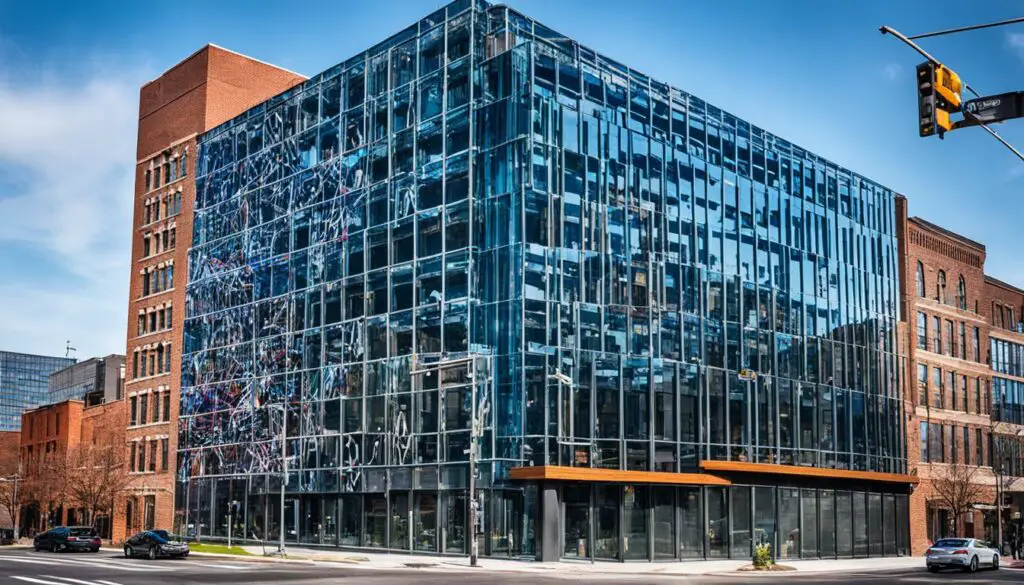
Conclusion
Choosing the right architectural facade materials is crucial for achieving the desired building design while ensuring durability and long-term performance. When considering facade materials, it’s important to weigh their design flexibility and durability to select the best fit for your project.
Among the top choices for architectural facades, glass, metal, brick, composite panels, and natural stone stand out. Each of these materials offers unique benefits that can enhance the aesthetic appeal and longevity of your building.
By carefully analyzing the specific requirements and aesthetic goals of your project, you can make informed choices about the most suitable facade materials. These materials will not only enhance the design of your building but also withstand the test of time, ensuring a visually stunning and durable structure that meets all your project’s objectives.



